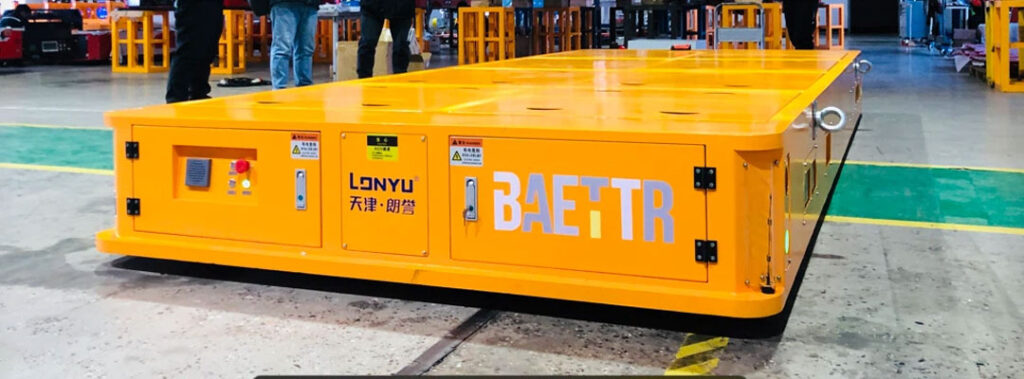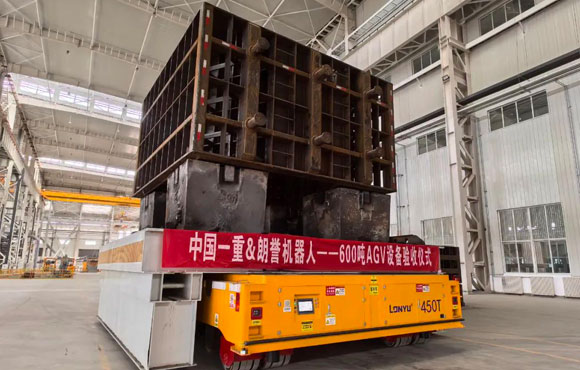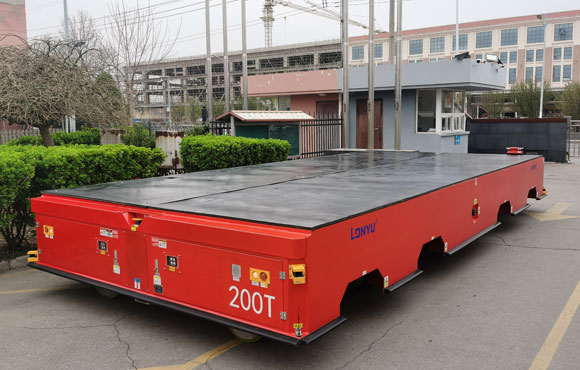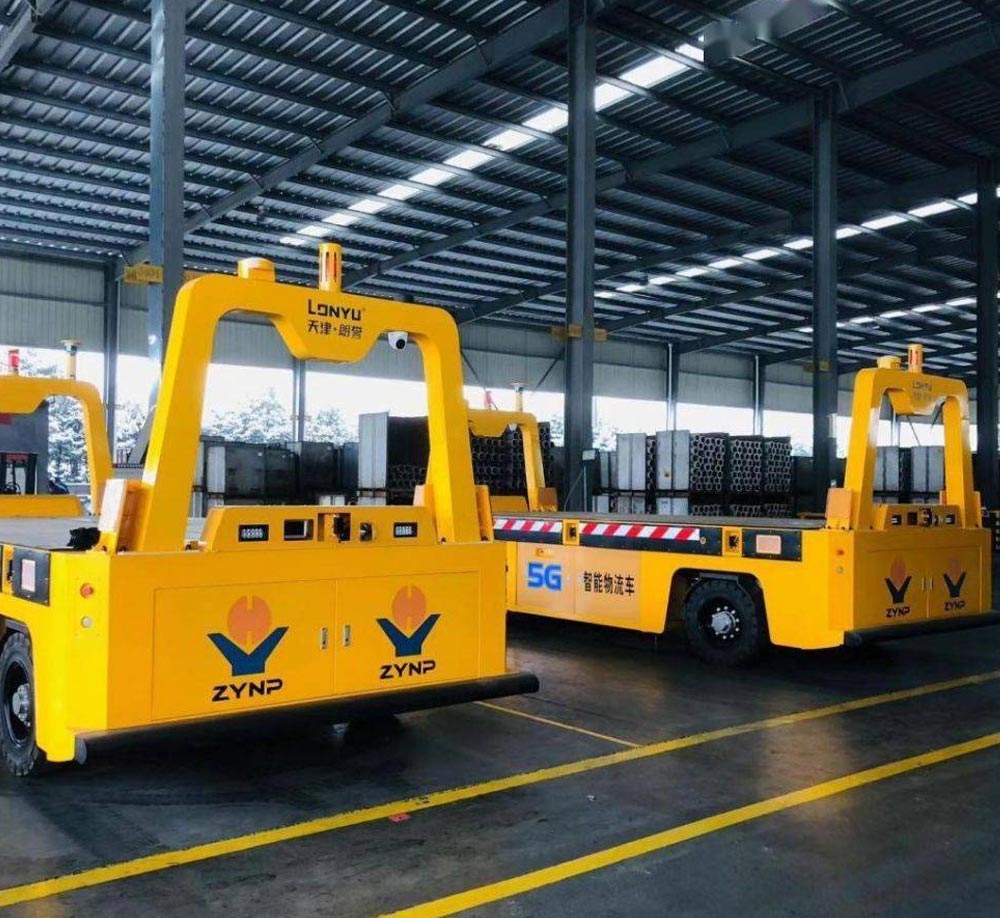Menu
Categories
Vision Navigation Advantages of AGV Forklifts
The reason why visual navigation AGV forklifts are popular is mainly because of their stability and reliability. At the same time, the visual navigation AGV forklift is cheap, cost-effective and mature technology.

1. Advantages of visual navigation AGV forklift
1. High cost performance
Vision sensors not only greatly reduce product costs by relying on their cost advantages, but also have efficiency that cannot be compared with manual operation in the AGV docking management system of high-altitude forklifts. AGV robots can improve their inlet and exit efficiency by 20%, saving 3-4 times the labor cost. Therefore, from the perspective of the investment return cycle of end customers, visual navigation AGV forklift industrial unmanned vehicles have significant advantages over other navigation methods.
2. Safety and stability
To achieve “machine replacement” in high-altitude forklift operations, safety must be started from the source. Once the blind spots of the machine are ignored, safety accidents may occur. The high-level forklift AGV adopts 3D vision, which has rich information and stable navigation. It can not only stop and detour when avoiding obstacles, but also avoid obstacles such as high altitude and negative scale (detecting potholes), which cannot be achieved by LiDAR.
3. Strong usability
Compared with other navigation methods, visual navigation can extract semantic information from the environment, and the three-dimensional visual perception is comprehensive, effectively reducing the blind spots of the robot. Therefore, it is more suitable for complex scenarios in the needs of conventional customers, such as long-term use of deformed shelves and pallets; the fall of large-scale goods; the rapid increase in handling volume in a short period of time; vehicle scheduling in narrow spaces, etc.
4. Accurate perception
The identification of pallets and material cages, as well as adaptive and precise bifurcation, beam inspection, cargo stacking, space inspection, etc. all require accurate perception technology. Through visual inspection of goods, the unmanned forklift AGV can automatically identify and adapt to pallets and shelf beams, avoiding the danger of high-rise shelf operations.

The main navigation methods of AGV are
1. Magnetic stripe navigation
It is similar to electromagnetic guidance. It is used to place tapes on the road instead of burying metal wires under the ground. It realizes guidance through magnetic induction signals. It has better flexibility, and it is easier to change or expand the path. It is simple and easy to lay tapes. However, this guidance method is easily disturbed by metal materials around the loop, and the tapes are easily damaged by mechanical damage. Therefore, the reliability of guidance is greatly affected by the outside world.
2. Laser SLAM Navigation
Laser guidance is a laser reflector with precise position installed around the AGV driving path. AGV emits a laser beam through a laser scanner, and at the same time collects the laser beam reflected by the reflector to determine its current position and heading, and realizes the AGV guidance through continuous triangular geometric operations. The biggest advantage of this technology is that AGV is precisely positioned; no other positioning facilities are required on the ground; the driving path is flexible and varied, and can be suitable for a variety of on-site environments. It is currently the advanced guidance method preferred by many foreign AGV manufacturers; the disadvantage is that the manufacturing cost is high, the environmental requirements are relatively strict (external light, ground requirements, visibility requirements, etc.), and is not suitable for outdoors (especially susceptible to rain, snow, and fog).
3. GNSS-GPS/Beidou navigation.
4. Others – ribbons, visual navigation, QR code.
Categories
Recent Posts
- Vision Navigation Advantages of AGV Forklifts
- What is the difference between indoor and outdoor unmanned AGVs?
- The 300-ton omnidirectional outdoor heavy-duty unmanned AGV “Chuangyu” was released in Tianjin
- Introduction to the advantages of heavy load AGV
- Lonyu AGV Made Headlines On TISlE Tianjin 2024
Related Articles
More
More






